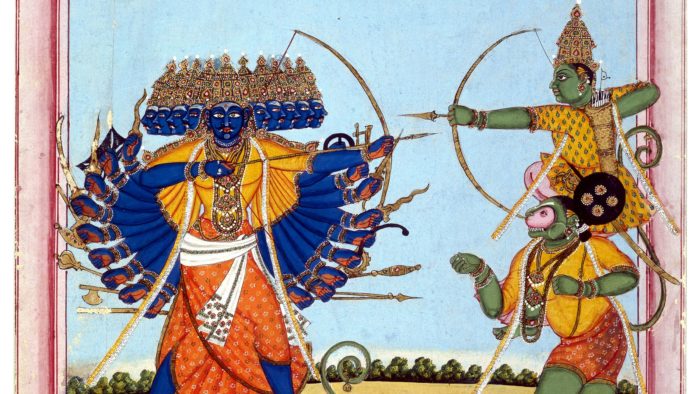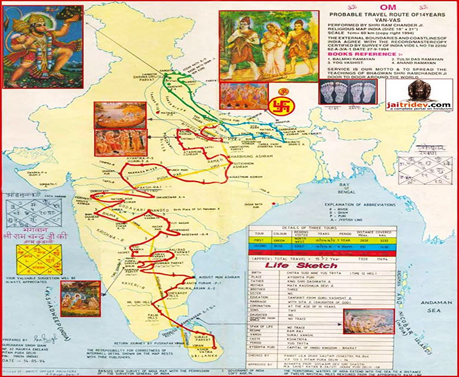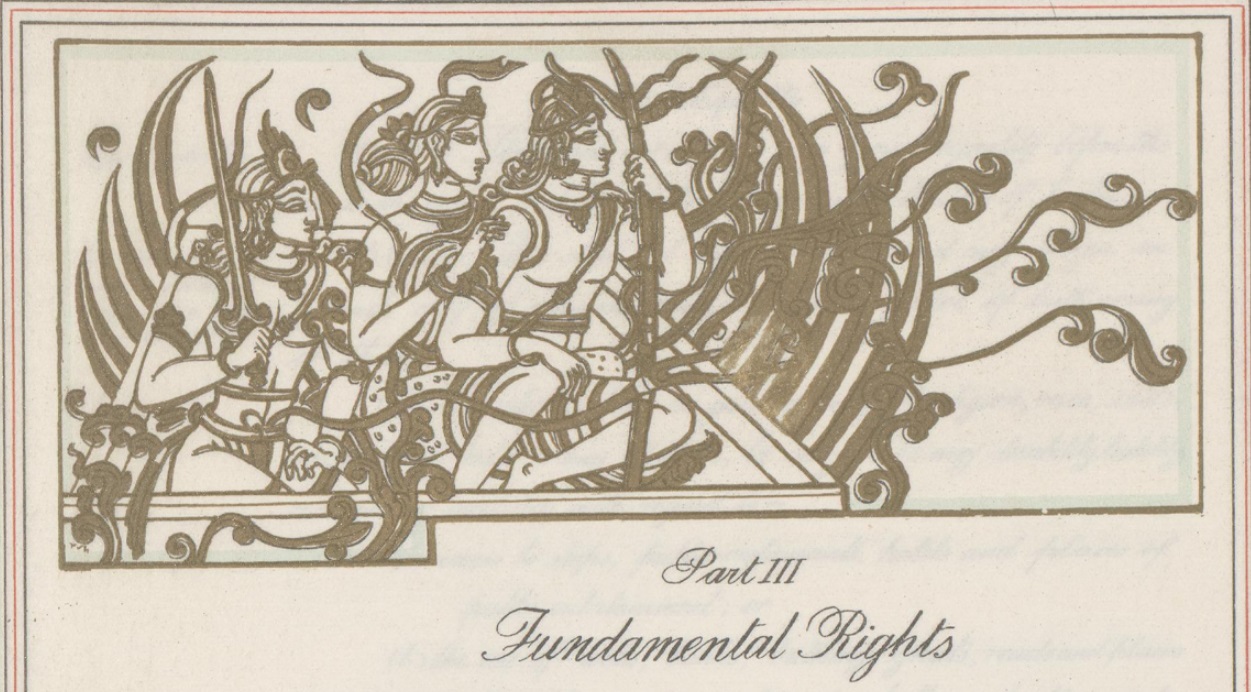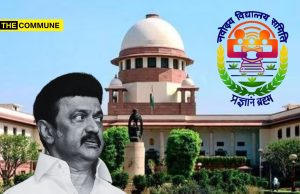
On August 5th , Prime Minister Narendra Modi performed the bhoomi poojan in Ayodhya thereby laying the foundation for constructing a mandir for Ram Lalla. This event not only has religious and cultural connotations but also is a change in the civilizational narrative of Bharat. It is in fact a green-shoot indicating the revival of the Indian Grand Narrative.
The story of Rama can be traced to the genealogy of the Ikshvaku Kula of the Soorya Vamsha in the Valmiki Ramayana. However , this katha of Rama is told in many different ways by many different stalwarts from many different parts of Bharat.
The many Ramayanas
Within the realm of Samskritam itself , we have many other versions of the Ramayana like the Adbhuta Ramayana (which gives us insight to Sita and her childhood) , Vasista Ramayana (which primarily deals with the story of Shri Ram from an Advaitic prespective).
It also played an important inspiring source in the domain of drama or nataka . Some famous works include the Raghuvamsa of Kalidasa , the Pratima Nataka of Bhasa and the Prasana Raghava by Jayadeva. Many literary works which have been identified with Rama can be dated back to the time of the Bhakti movement.
The great exponents of the various sub-schools of Vedanta darshana too have venerated Lord Rama through various granthas. The Sri Ramachandra Bhujangam of Shankara Bhagavatpada and the Raghuveera Gadyam by Vedanta Desikar are stellar works from an Advaita and Vishistadviata prespective.
Ramayana also penetrated the vernacular languages. In Bengal , Krittivasi Ramayana of the 15th century ruled the roost in the east. In Tamil Nadu , it is the Kambaramayanam , a 12th century work which is celebrated and one should also mention the Perumal Thirumozhi of Kulashekara Alzhwar which sings odes about the Lord. In Kerala, there is an interesting text called the Mappila Ramayana which is said to be popular among the Islamic community.
In fact ,the Urdu Poet Allama Iqbal referred to Rama as “Imam-e-Hind”,the spiritual role-model of Hindusthan. Even Nastika schools of darshana like Jainism and Buddhism have their own telling of this great itihasa. The Dasarata Jataka talks about Iksvaku kula and Rama.
In early buddhist texts, we also find a reference that Buddha was part of the Soorya Vimsha lineage of Lord Rama. The Pauchariyam , a Jain text mentions Rama as the eight balabhadra of the 63 sakalapurushas. The most famous vernacular retelling is of course Tulsidas’s Ramachirtamanas in Awadhi. The performance of Ram Leela in various parts of North and West India during Dusshera and the practice of Ramayana saptaham in the South during Navaratri shows the festive aspect of this cultural narrative.
Major temples in Tamil Nadu have stone carvings on the walls depicting various scenes of the legend. All musical sampradayas venerate Lord Rama through the medium of sangeetha and namasankeerthana. One of the most prominent vaggeyakara of Karnataka Sastriya Sangeetha was Tygaraja who was also one of the foremost Rama bhakthas. He has composed more than 600 kritis depicting various aspects of Rama. For example, the Panchatantra Kritis describe Rama as the Paramatma from an Upanishadic lens while the Utasava Sampradaya kritis are to do more with description of the beauty of Lord Rama through the prespective of Shringara Rasa.
All these literary, musical and artistic references to Ramayana acting as a centripetal force helps in building a cultural narrative. Thus, this cultural narrative not only lives through static literary works but also dynamic fine art forms and music.
Geographical Significance
The amount of geography covered in the both Ithihasas and the Puranas is immense. Specifically coming to the Ramayana, the geography covered is more as stated above along the north-south axis. The Ramayana describes Ayodhya as being to the north of the Ganga, south of the Sarayu, west of Magadha and east of Hastinapura (near Meerut in U.P.) which exactly matches the city’s location even today. In the Bala Khanda, Valmiki also describes rivers like Ganga and janapadas like Mithila (in present Bihar) during Rama’s journey with Vishwamitra. In Ayodhya and Aryana Khanda, Rama during his 14 year vanavasa visits the ashramas of many rishis. Some examples include Bharadwaj’s hermit at Prayaga (present day Prayagraj), Atri’s hermit in Dandakavana( present day Chattisgarh), Sharbhanga’s hermit at Chitrakoot and Sutheekshina’s hermit at Sarangpur (present day Panna district, Madhya Pradesh). In fact, in the Ayodhya Khanda, we find a mention that Kaikeyi was from “Kekeya janapada” which can be mapped to present day Pakisthan-Afghanisthan thereby indicating the civilizational ambit of Bharat.

The Ramayana also describes Dakshina Saagara as being a body of salt-water, a refuge of graahas (sharks; literally “grabbers”) and an abode of makaras (mythical sea-creatures with parts of an elephant, crocodile, stag and fish). Places like Lepakshi (where it is believed the Jatayu Moksha is to have happened) and Rameshwaram (from where the Ram Setu was started to being constructed) find mention in various versions of the Ramayana. Sri Lankan locations like Talaimanner (the other end of the Ram Setu), Ashoka Vitaka (in present day Sita Eliya) and Divurumpola (where the Agni Pariksham of Sitha was performed) are still of religious importance to many pilgrims even today. Thus the Ramayana emboldens the geographical dimension of this grand narrative.
Ramayana and the Southeast Asia Connect
In 2018 , when PM Modi inaugurated a 5-day festival in Delhi commemorating various Ramayana performances , it was done in the context of the ASEAN Summit.
The ASEAN is a group of 10 south-east Asian which in fact reminds Bharat of her civilizational footprint on the global stage. The Ramayan has been popular in South-East Asia for centuries; its spread and popularity highlight the enduring appeal of India’s soft power. PM Modi pointed out how the festival reveals India’s “deep civilizational and historic relations” with ASEAN, and said that it is “a fitting prelude” to the ASEAN-India commemorative summit.

Having said that the impact the Ramayana had on these countries is enormous. The Ramayana is believed to have arrived at Cambodia sometime during the 7th century in the form of a poem. This is according to the Veal Kantel inscriptions. titled Reamker, means “Glory to Rama” in the Cambodian language. Famous scenes of the epic can be seen on the walls of the Royal Palace and Angkor Wat. Even Indonesisa which is heavily influenced by India, the characters from the Ramayana can be seen in the 9th century Prambanan temple in Yogyakarta. Interestingly, the Laos version of the story, Phra Lak Phra Lam, focuses more on the heroism of Rama’s brother, Lakshamana. The Malaysian retelling, Hikayat Seri Rama (Chronicle of the Great Rama), is a little more special because it incorporates shadow puppetry. Yama Zatdaw or Yamayana of Burma is read even today which was heavily influenced by the Thai version of the Ramayana due to the invasion of Burma by the Siamese kings of the Konbaung Dynasty during the 15th century. The Ramakein of Thailand is considered as a text of national importance in the country even today and the Philippines too has its own version called the Maharadia Lawana. This shows that the Ramayana had facilitated the peaceful Sanskritization of south east Asian making it one of the most exceptional global and civilizational narratives.
Rama: A civilizational hero
The idea of Rama was one of the founding principles of our Freedom movement. MK Gandhi’s entire idea of freedom was built on the virtues that Rama enshrined. In fact, his thoughts on governance and economic ideas were largely influenced by “Ram Rajya” which was reiterated by the Prime Minister in his speech. But it was the same Rama who was used by the Maratas as a symbol of valour. This brings us to a larger question regarding the reason why Rama is considered to “Maryada Purushotham”.

The Ramakrunatham of Bodendhrlal in fact calls Rama as “Navarasadipathi” indicating that Rama was the personification of the 9 rasas. But the larger question is addressed in the first verse of the Ramayana wherein Valmiki asks Narada : Who is that one person living on this earth currently as an embodiment of all the sixteen good qualities? The reply Narada gives is as follows:
“Mahathaha mandaissaha neerandrena samskleshaha svabhaavam – Sousheelyam”
This is the crux of the very purpose of Lord Rama’s incarnation. A person is said to possess the quality of “Sousheelyam” when he/she comes down to the lowest level of his people and accepts everyone unconditionally. In the modern day leadership perspective, this characteristic assumes extreme significance for a leader to remain relevant amongst his/her followers. Especially for people in politics and allied areas, wherein huge masses of people should accept a person as their leaders, it’s very important for this person to gain the trust and win the confidence of them. Hence Valmiki Maharishi has placed “Gunavaan” or “Sousheelyam” as the most significant characteristic of an ideal leader. Hence we can also infer from this that, “Sousheelyam” is the primary and the foremost important characteristic of a good leader and this is the exact reason why probably Gandhi extrapolated Rama as the central figure of his political discourse understanding this guna of Rama.
Narada also stresses on the quality of “Kritjnam” or gratitude as one of the great kalyana guna Rama possessed. This guna of Rama has been coded by Valmiki in the Sundara Khanda in Sita’s words when she encountered Hanuman in Lanka. Hence these two gunas form the sacrosanct nature of Lord Rama making him the Mardyada Purshottham of Bharat.
Thus, the Ramayana also helps us in adding value to the Grand Indian Narrative politically and morally too. It is in this context that the construction of the Ram Mandir is an important change in the landscape of Bharat.




